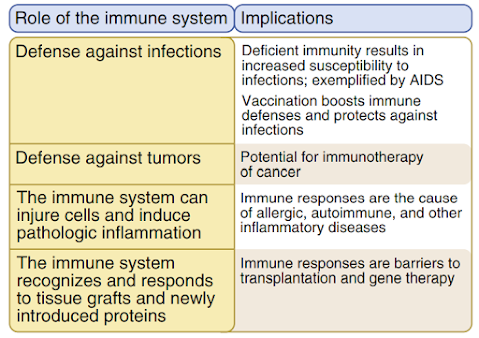mental health at work
By receiving proper mental health care, productivity increases, absenteeism decreases, and total medical costs decrease.
• Having a healthy workforce that shows up to work in a good frame of mind, ready to work benefits everyone.
It is increasingly being recognized that the mental health of employees is a crucial determinant in their overall health and that poor mental health and stressors at the workplace can be a contributory factor to a range of physical illnesses like hypertension, diabetes and cardiovascular conditions, amongst others.
• Mental health problems have an impact on employers and businesses directly through increased absenteeism, negative impact on productivity and profits, as well as an increase in costs to deal with the issue. In addition, they impact employee morale adversely.
Key facts
• Work is good for mental health but a negative working environment can lead to physical and mental health problems.
• Depression and anxiety have a significant economic impact; the estimated cost to the global economy is US$ 1 trillion per year in lost productivity.
• Harassment and bullying at work are commonly reported problems and can have a substantial adverse impact on mental health.
• There are many effective actions that organizations can take to promote mental health in the workplace; such actions may also benefit productivity.
• For every US$ 1 put into scaled up treatment for common mental disorders, there is a return of US$ 4 in improved health and productivity
Work-related stress
• Work-related stress is a major cause of occupational ill health, poor productivity, and human error.
• This means increased sickness absence, high staff turnover and poor performance in the organization, and a possible increase in accidents due to human error.
• Work-related stress could also manifest as heart disease, back pain, headaches, gastrointestinal disturbances, or various minor illnesses; as well as psychological effects such as anxiety and depression, loss of concentration, and poor decision making.
High and low-stress level occupations Some occupations are at more risk of mental health problems than others
MEASURING AND CONTROLLING WORK-RELATED STRESS AND IMPROVING MENTAL WELL-BEING AT THE WORKPLACE
• A tool which is known as the Work Stress Scale (WSS) allows individuals to assess for themselves the degree of stress faced in the following broad domains:
a. relationship problems with superiors;
The most common reason for office is dealing with a difficult boss. it can be easier to resolve by improving communication skills
b. bureaucratic constraints;
- Organizational size and bureaucratic systems have certain rules and regulations, which are inherent parts of the system to serve as checks and balancing forces.
- However, they are likely to serve as constraints and stress for managers.
- Other job stressors include uncomfortable working conditions, job overload, lack of control over the work process, and sheer monotony.
- Decreasing work role ambiguity would reduce job strain and work-related psychological disorders including anxiety disorders
c. work-family conflict;

Work-family conflict
d. relationship problems with colleagues;
Another reason could be difficult colleagues or co-workers.
Dealing with a difficult co-worker can be a bit more difficult as their
performance is often pitted against themselves.
e. performance pressure and
f. poor job prospects.
Job insecurity
Organized workplaces are going through metamorphic changes
under intense economic transformations and consequent pressures.
Reorganizations, takeovers, mergers, rightsizing and other changes have become
major stressors for employees, as companies try to live up to the competition
to survive.
COVID-19
Moreover, greater job insecurity due to COVID-19 was indirectly associated with greater anxiety symptoms through the greater financial concern. This finding aligns with prior research that suggests that concern regarding one's financial situation accounts for the association between economic hardship and mental health. increasingly complex world. Individuals are struggling to find the right balance between work and family responsibility. Domestic issues can affect work where balancing work and home by allotting adequate time for both can help reduce stress.








Comments
Post a Comment